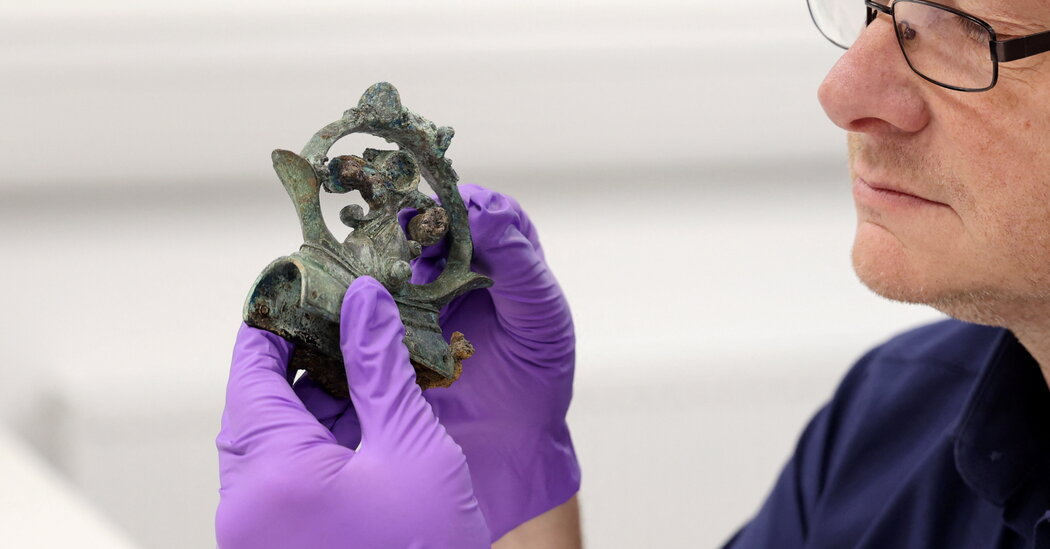A Groundbreaking Discovery in North England
In a remarkable turn of events just before Christmas in 2021, Tom Moore received an urgent phone call that would set the stage for an extraordinary archaeological revelation. As the head of the University of Durham’s Archaeology department, Mr. Moore was no stranger to significant historical finds, particularly in the rich historical landscape of Yorkshire, located in northeast England. The call came from Peter Heads, an enthusiastic amateur metal detectorist, who excitedly claimed, “I think it’s Iron Age.” A pregnant pause followed, filled with anticipation and curiosity.
Fast forward more than three years of meticulous excavation, conducted in almost complete secrecy, and Mr. Moore and his dedicated team now believe they have unearthed one of the most crucial archaeological discoveries in northern England, a find that has the potential to reshape historians’ understanding of the Iron Age, which spanned approximately 2,000 years ago.
Duncan Wilson, the chief executive of the government agency Historic England, emphasized the significance of the discovery in a recent statement, declaring, “Quite simply, this is one of the most important and exciting Iron Age period discoveries made in the U.K. It sheds new light on Iron Age life in the north and Britain, but it also demonstrates connections with Europe.”
Since the initial discovery made by Mr. Heads in 2021, the archaeological team has painstakingly collected over 800 artifacts, the majority of which date back to the Iron Age. Among these remarkable finds are:
- Cauldrons
- A wine-mixing bowl
- Coral-coated horse harnesses
- Ceremonial spears
- 28 iron wheels, likely from chariots or wagons
These iron wheels, in particular, represent a striking revelation, as they suggest the existence of sophisticated transportation mechanisms that had not been previously associated with the elite classes of Britain during the Iron Age.




